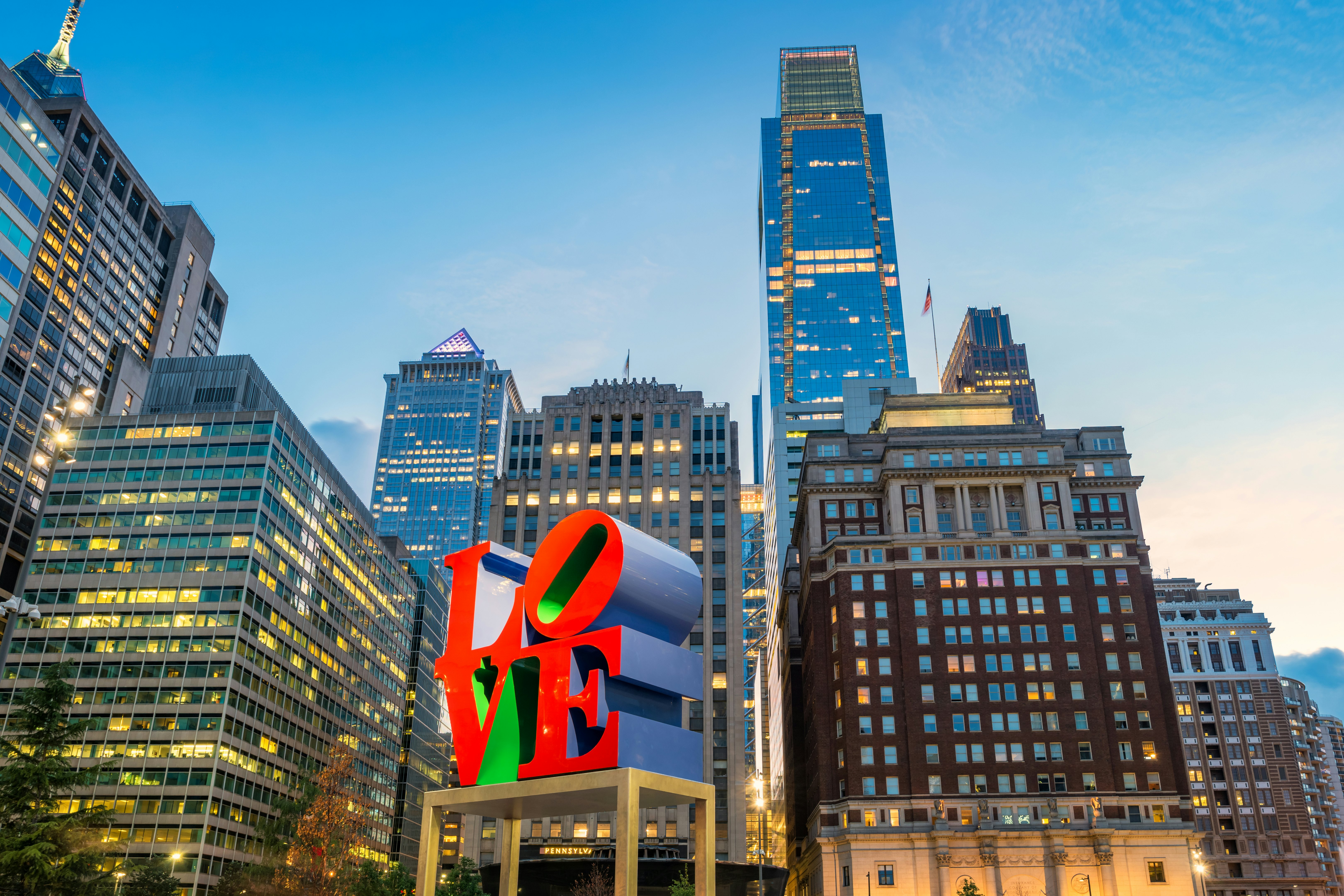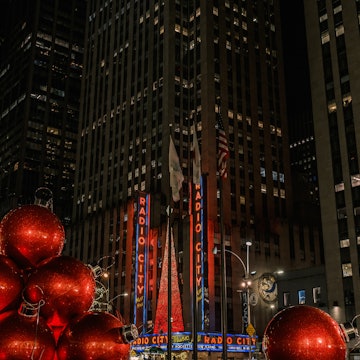
Boston vs Philly: which historic US city should you visit first?



Our travel writers share what they love most about their two cities, Boston and Philadelphia.
Boston and Philadelphia are both US cities with rich histories that helped shape the nation. Both have world-class institutions of art and culture, sports teams with hordes of committed fans, and both cities make culinary claims to fame. But if you can visit only one of them, which should it be? To help you decide, we asked two writers to make the case for their favorite city and what makes it so special.

Boston is a college town with history, artistry and diversity
Author of Lonely Planet Boston and Pocket Boston, Mara Vorhees has been living in the Olde Towne since the last millennium. Her favorite way to spend a morning is riding her bike along the Charles River.
When I first moved to Boston, I thought I had landed in the smartest place on the planet. I immediately fell in love with the city’s vibrant student culture and the pervasive love of learning. I still think Boston is wicked smart, but now I know that’s just the beginning of what this dynamic city has to offer. There’s also momentous history, diverse art and music, dramatic sports and – not the least – delectable seafood. This is all packed into a compact city center covering only a few square miles.
But while it is small in size, Boston is not small in stature. Indeed, this city by the sea offers arts, education and innovation to rival cities twice its size (I’m looking at you, Philly). The city’s world-class cultural institutions rank among the finest in the country, including the Boston Symphony Orchestra and the Museum of Fine Arts. A contemporary art scene is thriving in the SoWa Arts District and at the stunning Institute for Contemporary Art. Dozens of colleges and universities – and all of their students – provide a renewable source of energy, creativity and local culture around the city.

Speaking of local culture, Boston is an awesome sports town, thanks to its teams’ storied histories and winning records. We admit that we’re still a little bitter about the Eagles’ victory over the Patriots in the 2018 Super Bowl. But who can dwell on one game, when the Pats have six Super Bowl banners hanging at Gillette Stadium? Add that to the Red Sox’s nine World Series victories and the Celtics’ whopping 18 championships (more than any other NBA team), and you’ll start to understand the origins of the nickname City of Champions. It’s true that Boston sports fans can be, shall we say, “extra,” but Philly supporters might actually have us beat there.
Finally, it needs to be said: no city can match Boston for its role in US revolutionary history, not even Philadelphia. This is where the Sons of Liberty stirred up resistance to harsh British tax policies, with protests like the Boston Tea Party (which visitors today can reenact at the Boston Tea Party Ships & Museum). This is where the Crown cracked down with a military occupation of the city, and the ensuing Boston Massacre in front of the Old State House. And this is where the conflict came to a head, with the first battles of the US War for Independence in nearby Lexington and Concord (at sites now preserved by the Minute Man National Historical Park).
Sure, Philly is a historic city too. Some noteworthy documents were created there. But most of the revolutionary ideas in those documents were born in Boston. Fun fact: the founding fathers modeled the US Constitution after the Massachusetts Constitution, which was written by John Adams nine years earlier. (See some early versions of the document in the Hall of Flags at the Massachusetts State House.)
The fact is that Boston and Philadelphia have a lot in common. Spend a weekend in either town and you will probably visit some historic sites, admire some fantastic artwork, hear a cool local band or catch a lively sporting event. But here’s a critical question: what will you eat? A Philly cheesesteak, aka, a heart attack on a roll? Give me the simple perfection of a lobster roll any day.

Come to Philadelphia for the attitude, stay for the world-class city
Tim McManus, a Philadelphian who moved away and returned to his home city – twice – is a freelance writer who writes about sport, travel and food.
You know that one story about Philadelphia, right? The one that gets repeated every year by hackneyed sportswriters and breathless broadcasters. Philly, they say disapprovingly, the city that threw snowballs at Santa Claus.
It’s true, it did happen, at Franklin Field, on December 15, 1968, during halftime of another loss by a particularly miserable Philadelphia Eagles team. They just never tell you the most important part: Santa had it coming. How do I know? My dad was there.
It had snowed that morning, and the Santa that the Eagles scheduled to appear at their halftime parade thought better of it. So the team pulled an imposter from the stands: a skinny young man in a mangy red suit and drooping fake beard. They gave him an equipment bag for a sack, handed him some cheap candy canes to toss into the crowd, and stuck him on a sleigh that promptly got stuck. It was the final indignity for fans who arrived that frigid morning to find their seats had failed to be cleared of snow. Someone made the fateful first throw, another followed, and a deluge ensued.
Santa laughed it off as good fun and returned to his seat for the second half. But the next thing you know, Howard Cosell was talking about it on ABC. The narrative had taken hold: Philadelphians were a mean-spirited, antisocial bunch. Philly was a place where even Santa wasn’t safe.
What those folks don’t get is that throwing snowballs at Santa does reveal the ethos of Philly, just not in the way they think. The real story is that Philly is a place where you can’t fake it. A place where authenticity is everything and frauds get called out quickly. A place where people demand what they deserve.
The chip on our shoulder comes naturally. The country was born here, but New York usurped us as the center of culture and Washington took our capital. Here we remain, sandwiched between the two, left with our pride and a lunch pail. We aren’t the center of the universe, and if that bothers us, you’ll never get us to admit it.
“Philadelphia isn’t as bad as Philadelphians say it is.” That was, believe it or not, an actual Chamber of Commerce slogan in the ‘70s. It was also something I needed to discover for myself. Many Philadelphians never leave. We stay close to our families here, we stand near to our traditions. I did leave – for nearly ten years over two stints. The city wasn’t what lured me back, but it was what kept me.

Philadelphia is 90 minutes' away from both the mountains and the beach ("down the shore," as we call it). It sits between the banks of two rivers, the Schuylkill and Delaware, and both waterfronts are being reclaimed after years of being cut off from the rest of the city.
You can actually afford to own a home here, and the city is walkable enough that you can ditch the car, if you’re so inclined. Neighborhoods on the outskirts of Center City, places like Graduate Hospital, Fishtown, and Passyunk Square, have been revitalized by young families drawn in by the accessibility and a restaurant scene as good as any in the country.
We have The Fabulous Philadelphians orchestra, and in the Barnes Foundation and Philadelphia Museum of Art, two of the finest collections in the world, separated by less than a mile. They may not make movies about our universities, but we have an Ivy League school too, and at least 30 other colleges.
There’s a thriving Italian Market, which is as much a Mexican or Vietnamese market these days, a Chinatown, and a Southeast Asian market. And of course, Reading Terminal Market, the food hall that begat them all.
This is the Philadelphia I found on my return: a city still quick with a snowball, but one ever-so-gradually embracing a future that must be built on more than that.















